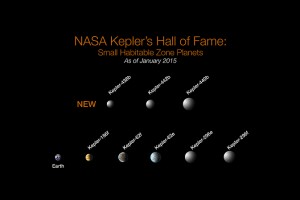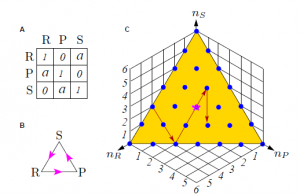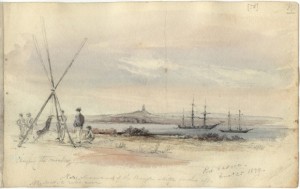I first wrote about WorldWideScience.org in a post dated October 17, 2011.
A customer story from Microsoft: WorldWide Science Alliance and Deep Web Technologies made me revisit the site.
My original test query was “partially observable Markov processes” which resulted in 453 “hits” from at least 3266 found (2011 results). Today, running the same query resulted in “…1,342 top results from at least 25,710 found.” The top ninety-seven (97) were displayed.
A current description of the system from the customer story:
…
In June 2010, Deep Web Technologies and the Alliance launched multilingual search and translation capabilities with WorldWideScience.org, which today searches across more than 100 databases in more than 70 countries. Users worldwide can search databases and translate results in 10 languages: Arabic, Chinese, English, French, German, Japanese, Korean, Portuguese, Russian, and Spanish. The solution also takes advantage of the Microsoft Audio Video Indexing Service (MAVIS). In 2011, multimedia search capabilities were added so that users could retrieve speech-indexed content as well as text.The site handles approximately 70,000 queries and 1 million page views each month, and all traffic, including that from automated crawlers and search engines, amounts to approximately 70 million transactions per year. When a user enters a search term, WorldWideScience.org instantly provides results clustered by topic, country, author, date, and more. Results are ranked by relevance, and users can choose to look at papers, multimedia, or research data. Divided into tabs for easy usability, the interface also provides details about each result, including a summary, date, author, location, and whether the full text is available. Users can print the search results or attach them to an email. They can also set up an alert that notifies them when new material is available.
Automated searching and translation can’t give you the semantic nuances possible by human authoring but it certainly can provide you with the source materials to build a specialized information resource with such semantics.
Very much a site to bookmark and use on a regular basis.
Links for subjects without them otherwise:







